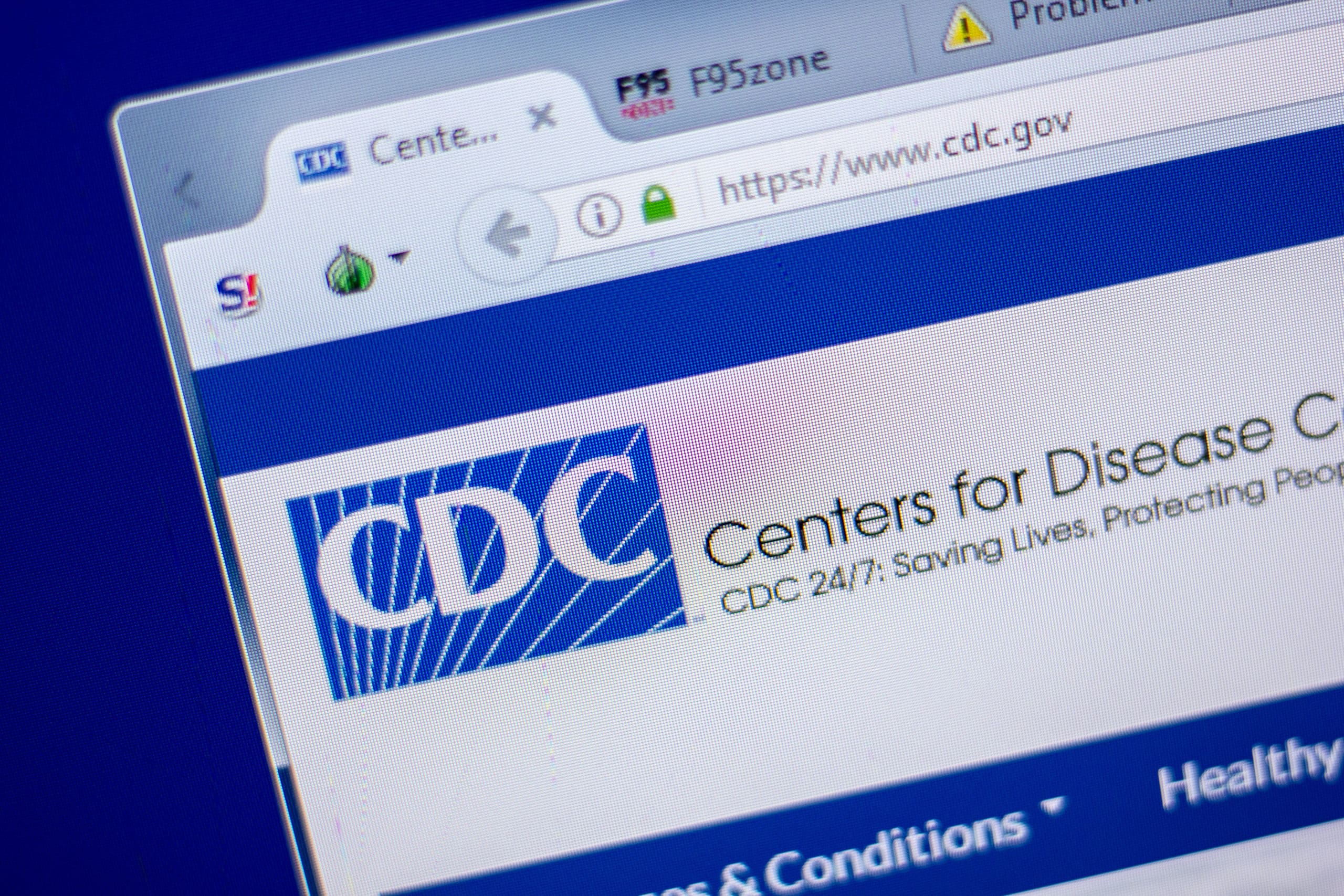On Friday the Centers for Disease Control and Prevention (CDC) updated its pandemic public health guidance for K-12 schools. Specifically, staff and students who are fully vaccinated for COVID-19 might not need to wear masks inside their school buildings.
However, students should continue to wear face coverings when they are riding the bus or if their school says otherwise.
Although the updated CDC guidance is only a recommendation, it does highlight the importance of everyone getting vaccinated and will probably influence many K-12 decision makers, as well as local health departments and governors.
Only about one in three U.S. children between the ages of 12 and 17, reports NPR.
The CDC is leaving it up to school districts to develop policies on verifying immunizations.
Here are the key takeaways:
- Students benefit from in-person learning, and safely returning to in-person instruction in the fall 2021 is a priority.
- Vaccination is currently the leading public health prevention strategy to end the COVID-19 pandemic. Promoting vaccination can help schools safely return to in-person learning as well as extracurricular activities and sports.
- Masks should be worn indoors by all individuals (age 2 and older) who are not fully vaccinated. Consistent and correct mask use by people who are not fully vaccinated is especially important indoors and in crowded settings, when physical distancing cannot be maintained.
- CDC recommends schools maintain at least 3 feet of physical distance between students within classrooms, combined with indoor mask wearing by people who are not fully vaccinated, to reduce transmission risk. When it is not possible to maintain a physical distance of at least 3 feet, such as when schools cannot fully re-open while maintaining these distances, it is especially important to layer multiple other prevention strategies, such as indoor masking.
- Screening testing, ventilation, handwashing and respiratory etiquette, staying home when sick and getting tested, contact tracing in combination with quarantine and isolation, and cleaning and disinfection are also important layers of prevention to keep schools safe.
- Students, teachers, and staff should stay home when they have signs of any infectious illness and be referred to their healthcare provider for testing and care.
- Many schools serve children under the age of 12 who are not eligible for vaccination at this time. Therefore, this guidance emphasizes implementing layered prevention strategies (e.g., using multiple prevention strategies together consistently) to protect people who are not fully vaccinated, including students, teachers, staff, and other members of their households.
- COVID-19 prevention strategies remain critical to protect people, including students, teachers, and staff, who are not fully vaccinated, especially in areas of moderate-to-high community transmission levels.
- Localities should monitor community transmission, vaccination coverage, screening testing, and occurrence of outbreaks to guide decisions on the level of layered prevention strategies (e.g., physical distancing, screening testing).







